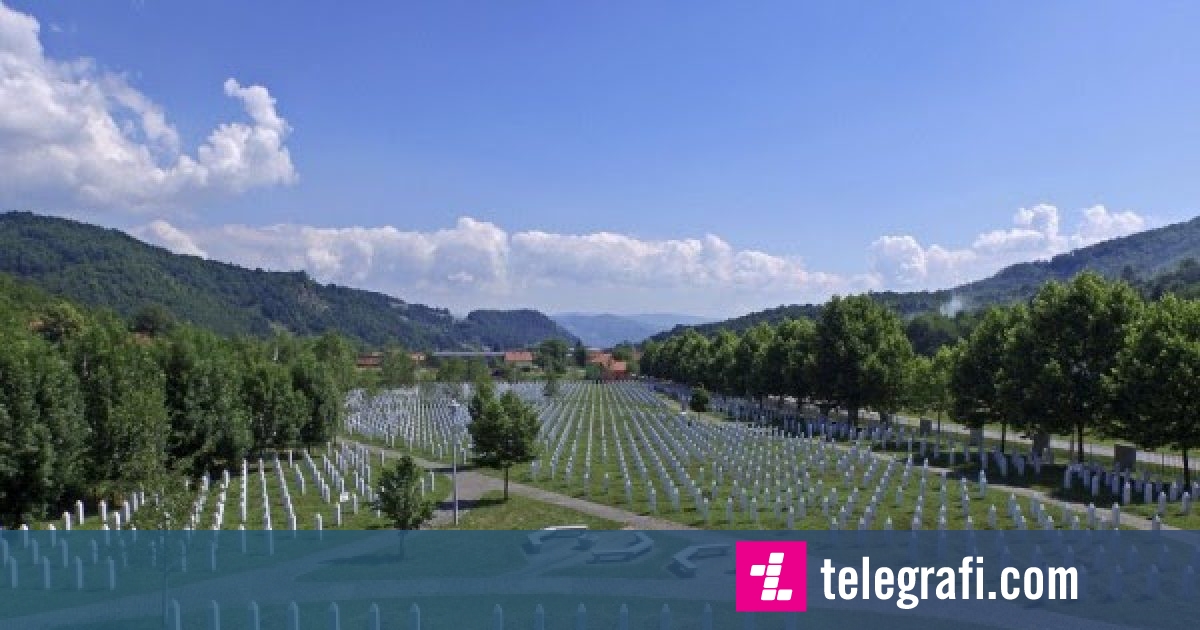Bosnia and Herzegovina today marks the 27th anniversary of the Srebrenica massacre.
This massacre is the worst in Europe since World War II.
In July 1995, Bosnian Serb forces killed over 8,000 Muslim men and boys in the enclave of Srebrenica, which had been designated a "safe place" by the United Nations.
On July 9, 1995, then-Serb leader Radovan Karadzic issued a new order to occupy Srebrenica.
Troops surrounded the enclave and attacked the Dutch peacekeepers, taking 30 of them hostage.
The day after, on July 10, Bosnian Serb soldiers began shelling Srebrenica.
Dutch forces threatened the Serbs with NATO airstrikes if they did not withdraw by morning.
And the next day, NATO planes bombed Serbian tanks outside Srebrenica.
Serbian forces threatened to resume bombing and kill captured Dutch soldiers.
The airstrikes stopped and on the evening of July 11, Bosnian Serb commander General Ratko Mladic entered Srebrenica.
About 30,000 Muslim refugees gathered around the Dutch peacekeepers' base in Potoçari, north of the town of Srebrenica, after Bosnian Serb forces took control of the safe zone.
Mladic tried to calm them down, telling them that they had nothing to fear.
Bosnian Serb forces herded the frightened refugees into buses to leave.
Many of the refugees were evacuated to Kladanj, 50 kilometers away, and from there they started walking to find a safe haven.
The United Nations noticed that most of the refugees arriving from Srebrenica were women, children and the elderly, and began to worry about the fate of the men.
About 15,000 Bosnian Muslim soldiers and civilians fled Srebrenica at night trying to reach Muslim-controlled territory.
Many died from bombings and snipers.
In the week that followed the fall of Srebrenica, some 8,000 men and boys are thought to have been killed by Bosnian Serbs and buried in mass graves.
More than two decades after the murders, mass graves continue to be found.
The identification of the victims is difficult, as the bodies were dismembered by the excavators that threw them into the graves.
Every year on July 11, the remains of those identified during the last year are buried in the memorial center of Potoçari./kp/
